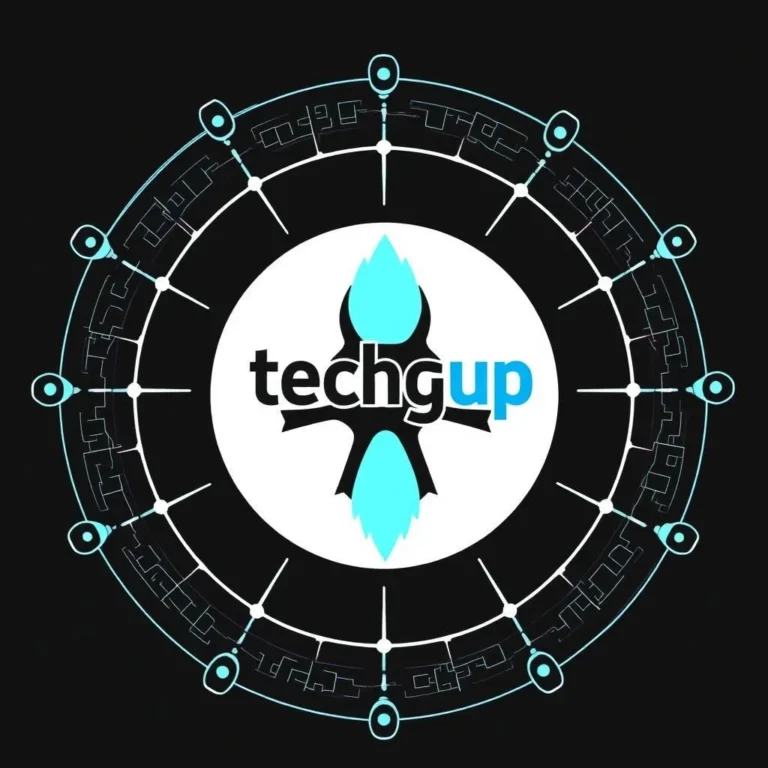
In the evolving digital world, unique codes and identifiers play a vital role in connecting systems, securing transactions, and organizing data. One such example is dnoga1b2c3d4, a term that may appear cryptic at first glance but holds potential significance depending on its application. Whether used in software, cybersecurity, or specialized databases, understanding its structure and purpose can provide insights into its functionality.
What is dnoga1b2c3d4?
The term dnoga1b2c3d4 can be interpreted as a structured alphanumeric string designed to serve a specific function in a digital or coded environment. Such codes are often employed to tag unique entries, verify identity, or serve as keys in encryption processes. While dnoga1b2c3d4 might not have a universal definition across industries, its form suggests a blend of letters and numbers arranged to reduce duplication and increase security.
The Purpose of Structured Codes
Strings like dnoga1b2c3d4 are created with intention. They often form part of a larger system where precision matters. For example, in databases, a code like dnoga1b2c3d4 could be linked to a single record, ensuring that no two entries share the same identifier. In security applications, it might be part of a key or token that verifies access rights. The advantage of a mixed alphanumeric structure is its complexity—it’s far less predictable than a purely numeric or alphabetic code.
Security and Verification
One possible application of dnoga1b2c3d4 is in authentication systems. Complex codes like this are often embedded into encrypted protocols, ensuring only authorized users or devices can access certain resources. The randomness of dnoga1b2c3d4 reduces the risk of brute-force attacks, especially when combined with other security layers. In this context, the value lies not in the string itself but in how it is used within the encryption or verification framework.
Data Management Applications
In the realm of data organization, dnoga1b2c3d4 could function as a unique database key. Businesses and institutions dealing with massive amounts of information rely on such identifiers to prevent errors and speed up search functions. By assigning dnoga1b2c3d4 to a specific item—whether a product, document, or digital file—systems can quickly and accurately retrieve the right information without confusion.
The Role in Tracking Systems
Another practical use for dnoga1b2c3d4 might be in tracking and logistics. Every package, shipment, or product batch could be linked to a code like dnoga1b2c3d4, allowing for accurate location updates and delivery confirmations. This reduces errors, prevents misrouting, and improves overall efficiency. The ability to scan and instantly identify an item makes these identifiers indispensable in modern supply chains.
Benefits of Alphanumeric Structuring
Codes like dnoga1b2c3d4 exemplify the advantages of blending letters and numbers in a systematic way. Such structures increase the pool of possible combinations, making duplication highly unlikely. They are also easier to integrate into software systems that require a certain format for validation. Additionally, their versatility allows them to be adapted for multiple purposes without losing uniqueness.
Potential in Emerging Technologies
With the rise of blockchain, IoT, and AI-driven platforms, identifiers such as dnoga1b2c3d4 may find even greater relevance. In blockchain, for example, such codes could act as transaction IDs or smart contract references. In IoT networks, they might be assigned to devices for tracking activity or granting secure access. As technology evolves, so too will the demand for flexible, secure, and globally unique identifiers like dnoga1b2c3d4.
Challenges in Implementation
Despite its benefits, using dnoga1b2c3d4 or similar strings requires careful integration. Systems must ensure that such codes are generated without duplication, stored securely, and remain accessible only to authorized parties. Additionally, human error in manually entering or sharing codes can lead to delays or vulnerabilities. Proper automation and validation processes are key to preventing such issues.
Conclusion
While dnoga1b2c3d4 might seem like a random mix of characters, its design and potential uses highlight its value in modern digital ecosystems. Whether serving as a unique identifier, a verification key, or a tracking code, dnoga1b2c3d4 embodies the principles of security, accuracy, and adaptability. As technology advances and the need for secure, unique identifiers grows, codes like dnoga1b2c3d4 will continue to play a silent yet essential role in keeping systems running smoothly and securely.






